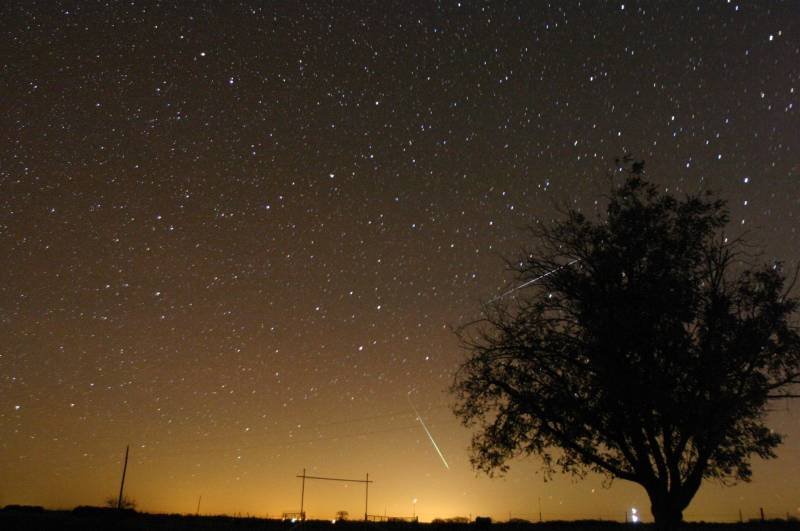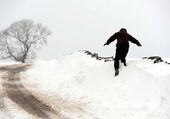Help Wanted: I am trying to purchase (or plunder) a full copy of this story, mentioned here on this forum:The original source of the story resurfacing recently was from an Inside the Beltway column of August 14th, 2007. The newspaper article was located in the Library of Congress archives by James Lockwood.A Washington, D.C. resident John Lockwood was conducting research at the Library of Congress and came across an intriguing headline in the Nov. 2, 1922 edition of The Washington Post: 'Arctic Ocean Getting Warm; Seals Vanish and Icebergs Melt'.
The article mentions "great masses of ice have now been replaced by moraines of earth and stones," and "at many points well-known glaciers have entirely disappeared."
OF THE
TIMES










